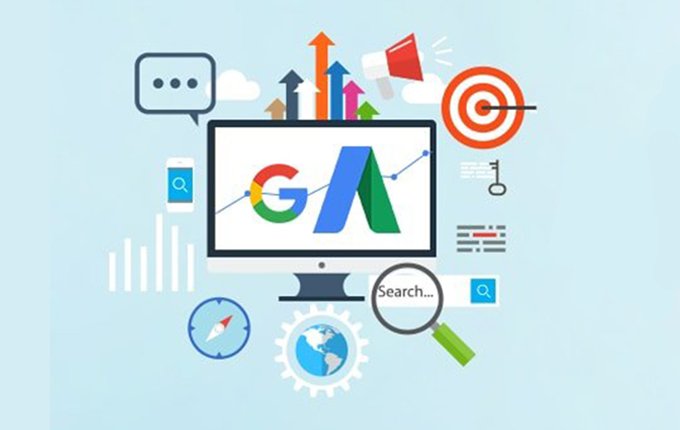Search advertising, also called pay-per-click (PPC) advertising, is a way to advertise your business or product directly on search engine results pages, where the advertiser pays only for each click on their advert.
Search advertising continues to evolve, and the formats available range from simple text adverts to rich media banners and even video adverts. PPC advertising revolutionized the online advertising industry, and today, search advertising generates 95% of Google’s revenue (Peterson, 2013).
Adverts on search engines are easy to spot. They can appear on the top of the results page, usually in a box, and also on the right-hand side of the results page.

Search advertising on search engines is keyword-based, and it is triggered by the search term that a user enters into a search engine. Advertisers target the keywords for which they want to appear.
For the advertiser, the beauty of search advertising is that adverts are displayed when potential customers are already expressing intent; they are searching for a product or service. It allows advertisers to present their offering to a potential customer who is already in the buying cycle.
Advertising in search
Search engines display results to search queries based on proprietary algorithms.
Each major search engine uses its own formula to determine what results to display for any term. According to PEW Internet, 73% of all Americans use search engines, and 59% of them use search engines daily; on top of that, 91% of people who use search engines say that they find the information they are looking for most or all of the time. With search engines getting so much traffic and delivering so much value, they need to find a way of generating revenue.
With so many search engines out there, which platform should you choose?
There are some small differences from platform to platform in terms of editorial policy, and each system has a different user interface. There is some theory that different platforms are better for different industries, for example, that Yahoo fares better than Google on travel advertising. However, this is subjective, and most large advertisers will run PPC campaigns on a number of platforms. As with most things in digital marketing, it is all about testing.
Google AdWords is the best known and considered the industry standard. It allows users to transact in the currency of their choice, tied to a comprehensive analytics tool and offers training programs and certifications. Google AdWords also currently has the best contextual and geographical targeting worldwide.
Structuring your search advertising campaign
When you start running search advertising, you shouldn’t just create a whole stream of ads; you need to have a plan.
Your AdWords account is your home for all the ads you are currently running. It should reflect your business and marketing strategy. Within your account, organize your search adverts in groupings – called campaigns – according to your strategy. Within each campaign, you should have ad groups – these are sets of ads that have a common characteristic or focus. For example, if you are selling books online, you may have ad groups focused around a specific genre, author, event, and special offer, as well as some ad groups around general themes such as promoting local stores or making online sales.
Structuring your account in this way will help you to easily oversee your advertising spending. It determines the effectiveness of your ads and switches off any ads that aren’t working effectively.





